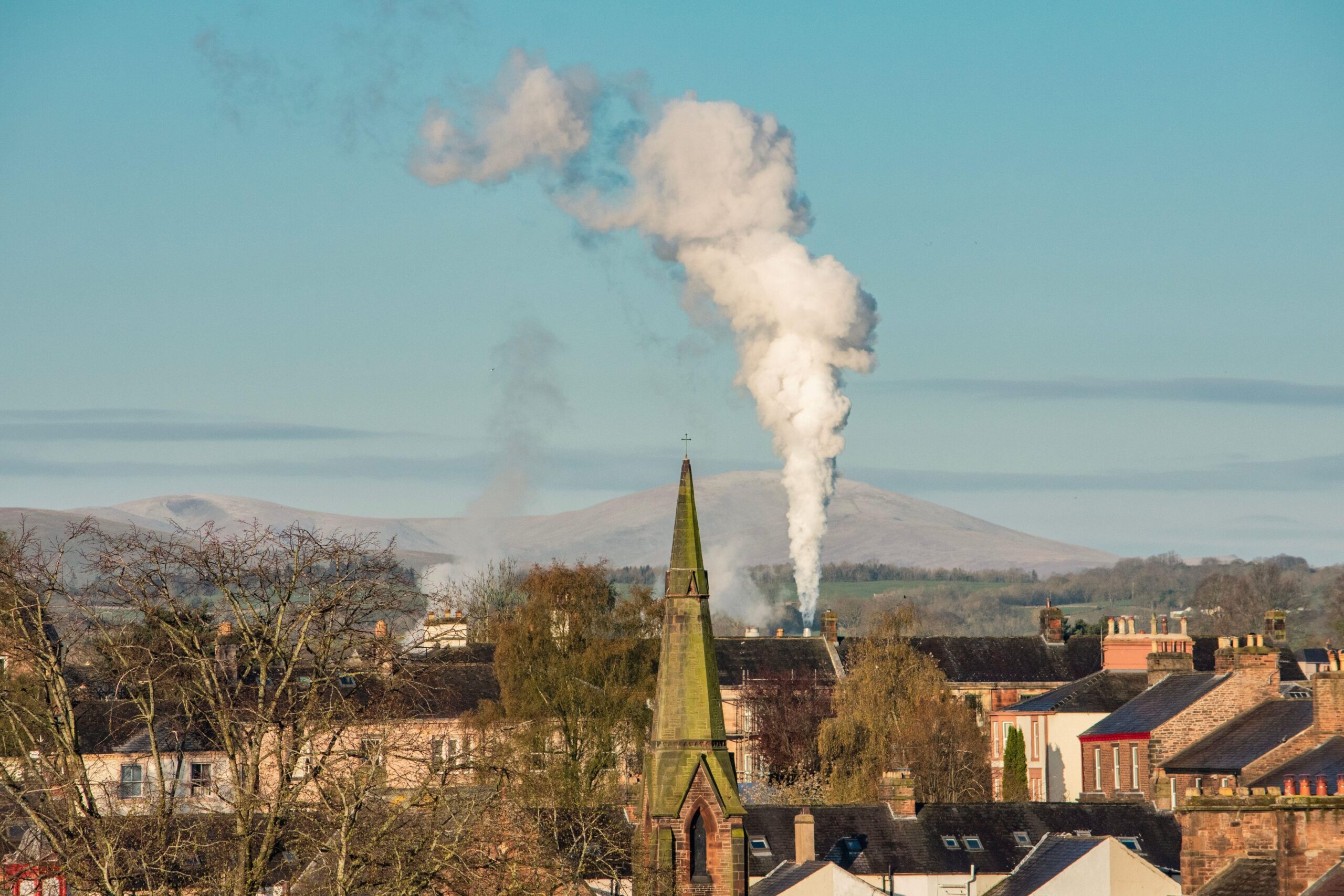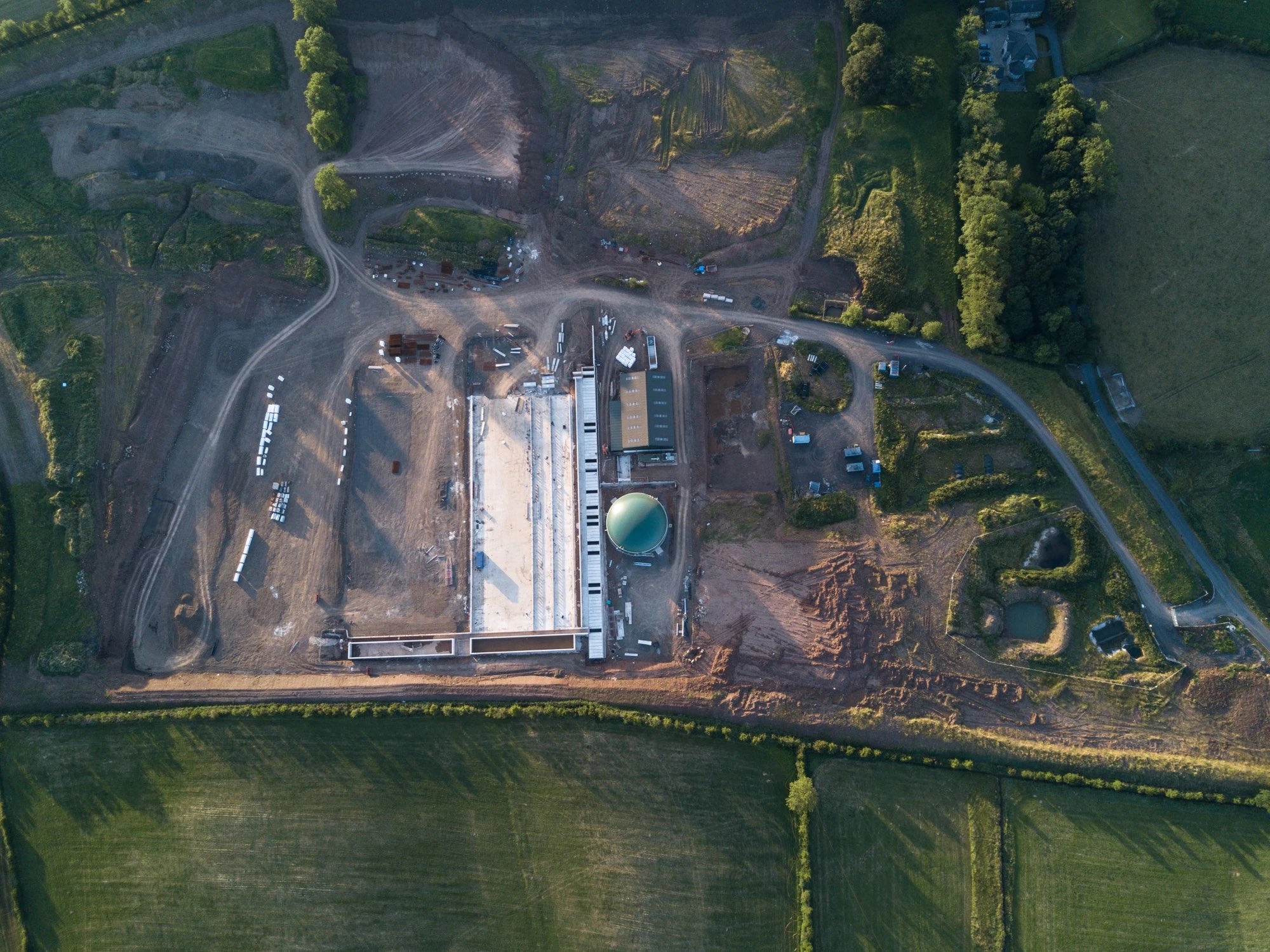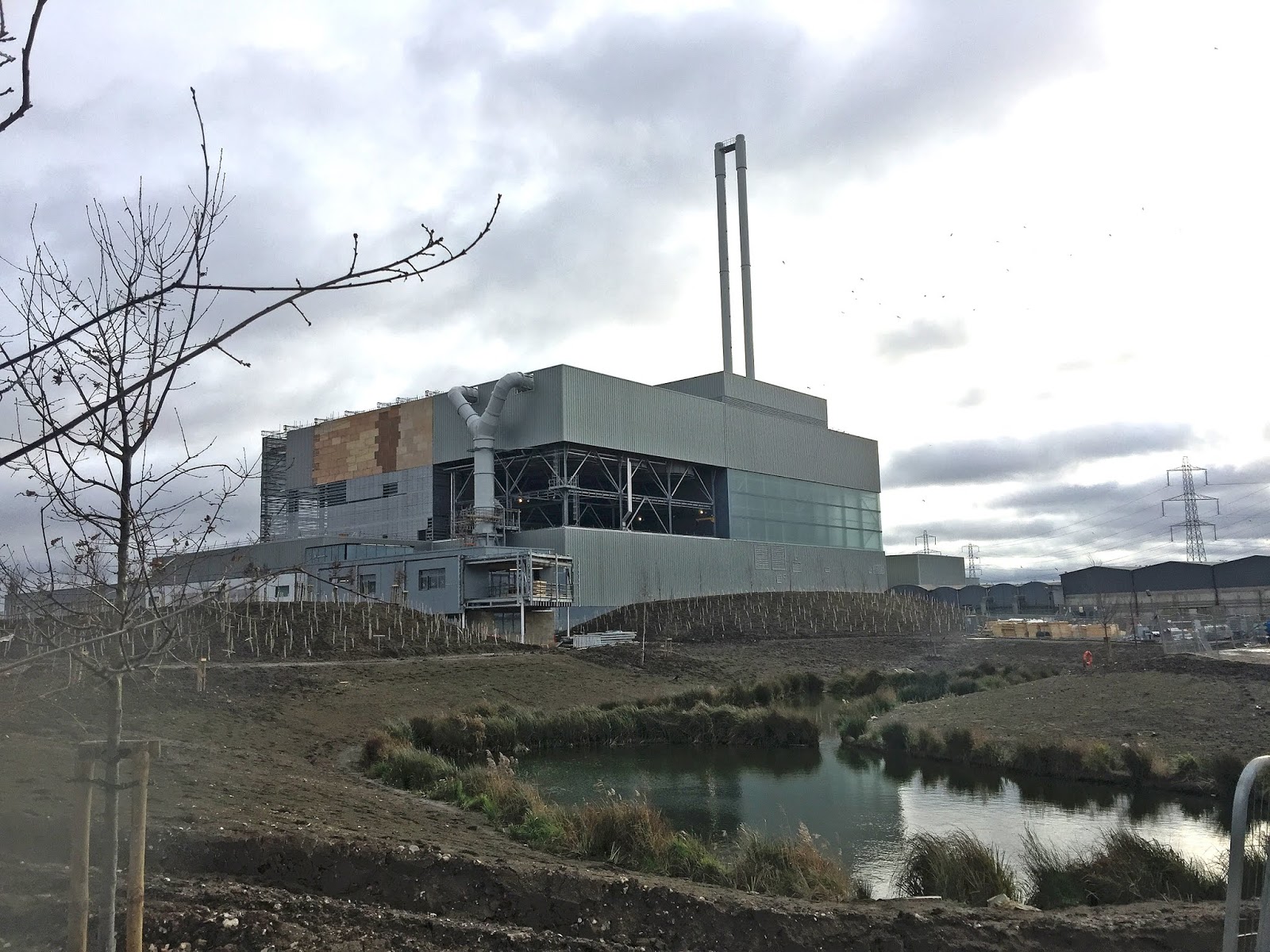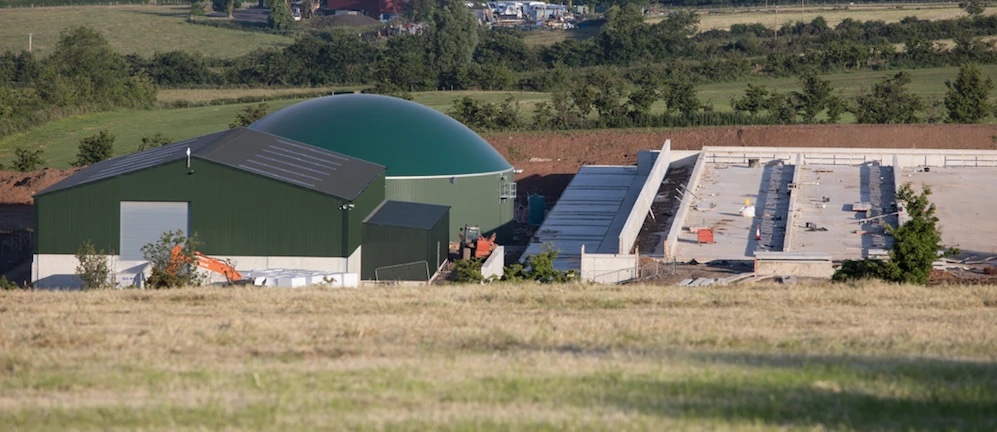Dawn Meats’ planned incinerator in rural Ireland could breach EU limits on ‘irritant gas’, leaked documents show
The Irish government is reviewing its approval for one of Europe’s biggest meat companies to burn animal waste after a SourceMaterial investigation revealed a planned incinerator could breach emissions restrictions.
Dawn Meats, the continent’s biggest supplier of lamb with clients that have included McDonald’s and Aldi, intends to burn leftover meat and bones at its plant in Ballyhaunis from next year after post-Brexit rules stop it exporting waste to the UK. But leaked documents reviewed by SourceMaterial and Climate Whistleblowers suggest the plant could emit more than the legal limit of sulphur dioxide, which can cause respiratory illnesses.
A leaked spreadsheet produced by a Spanish company contracted by Dawn Meats to build the incinerator shows a screenshot of the European Union limit for sulphur dioxide emissions, 50 milligrammes per cubic metre. Next to it, the contractor, Valfortec, recorded the predicted emissions for the plant, 80 milligrammes per cubic metre, highlighting the higher figure in red.
“Agri-business is overproducing unsustainable levels of waste”
The internal data appears to contradict information Dawn Meats submitted to the Irish Environmental Protection Agency when it discussed applying for permission for the project in 2022. Here the company said the plant would not emit more than 50 milligrammes per cubic metre of sulphur dioxide, in line with the law.
“By-products like meat-and-bone meal are being incinerated at levels that are polluting our air and putting people’s health, especially children’s, at risk,” said Lynn Boylan, a Dublin MEP and climate justice spokeswoman for Ireland’s main opposition party, Sinn Féin. “Agri-business is overproducing unsustainable levels of waste.”
A spokesman for Dawn Meats said the site was at the “design stage” and that the new boiler will “significantly reduce carbon emissions, support the circular economy and eliminate fossil fuel consumption from the current process”.
He added: “The site already does and will continue to use the best available technologies to maintain compliance with all applicable limits as determined by EU and Irish law.”
Valfortec did not respond to a request for comment.

Leaked emails
With annual revenues exceeding €2.5 billion, Dawn Meats employs over 8,000 people at 30 locations in Europe and Asia and processes a million cattle and three million sheep each year.
The company already operates an energy installation outside its abattoir in Ballyhaunis in the rural western Ireland. But this burns low-sulphur oil and gas to produce steam for its manufacturing process recording sulphur dioxide emissions of just at 3.5 milligrammes per cubic metre last year.
That is set to rise significantly when the company switches to burning animal waste next year. But leaked emails show an apparent gulf between what Dawn Meats said in private about emissions limits and what it told the government.
In one message to Valfortec last year, a senior Dawn Meats manager advocated following the EU’s strict limits for emissions from burning animal by-products, including the 50 milligrammes per cubic metre sulphur dioxide limit.
Earlier that year, however, Dawn Meats had told the EPA that it would only need to comply with a looser set of limits, used by the EU to regulate combustion plants generally and allowing sulphur dioxide emissions of up to 400 milligrammes per cubic metre.
The EPA accepted this and granted the amended licence. But when contacted by SourceMaterial the Irish department for agriculture confirmed that 50 milligrammes per cubic metre was the correct limit for a plant of this kind.
An EPA spokeswoman said the agency would now review the how EU rules were applied in granting the licence “to ensure that the most appropriate legislative limits have been applied in this case”.
“EPA inspectors are currently re-examining the emission limits for the boiler exhaust in the amended licence to ensure the most appropriate legislative limits have been applied in this case and to determine if a further amendment of this licence is necessary,” she said.
She added: “The obligation is on the licensee to comply with any limit applied in the licence.”
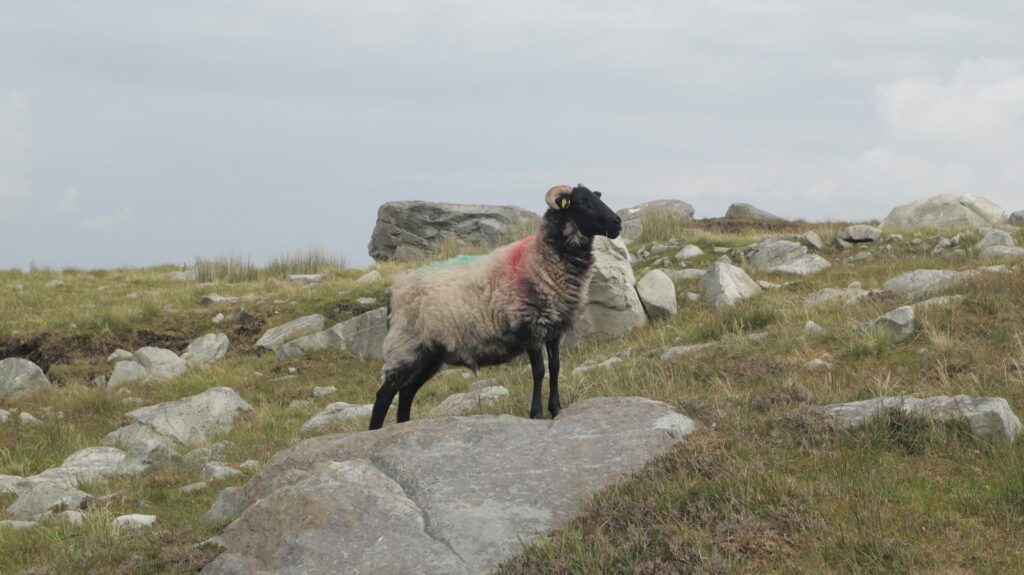
‘Irritant gas’
EPA guidelines state that sulphur dioxide “is an irritant gas which attacks the throat and lungs”, with prolonged exposure leading to increases in respiratory illnesses like chronic bronchitis.
The pollutant contributes to acid rain, which damages vegetation and buildings and can kill lake and river fish , said according to John Wenger, professor of chemistry at University College Cork. “That is why sulphur dioxide is regulated quite strictly,” he said, adding that companies should meet the licensing requirements and deploy abatement technology where emissions occur.
Janek Vähk, policy manager at Zero Waste Europe, a not-for-profit group, called the potential breach “deeply concerning”.
“Sulphur dioxide is a harmful pollutant that poses significant risks to both human health and the environment,” he said. “Authorities must ensure any activities at the plant fully comply with EU emissions standards to safeguard both the environment and public health.”
Headline picture: A plant similar to the one planned by Dawn Meats in Penrith, Cumbria (John Oakley, Alamy)
